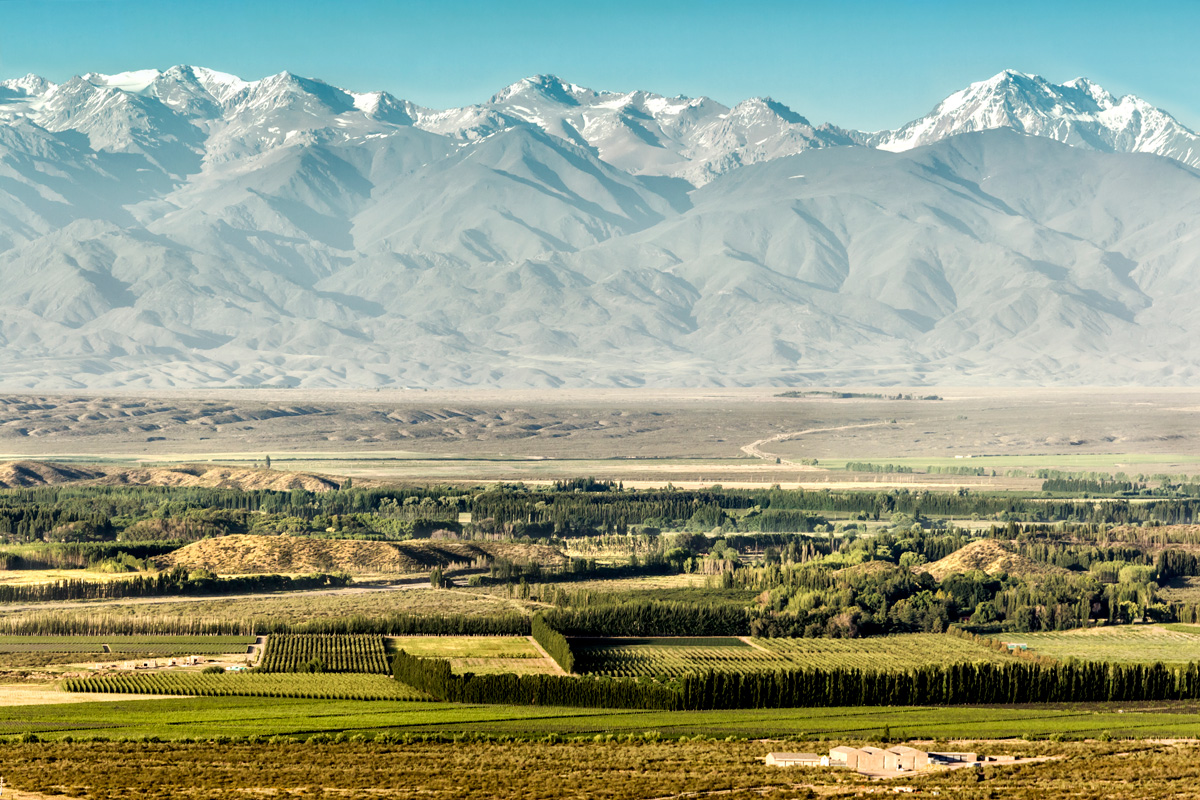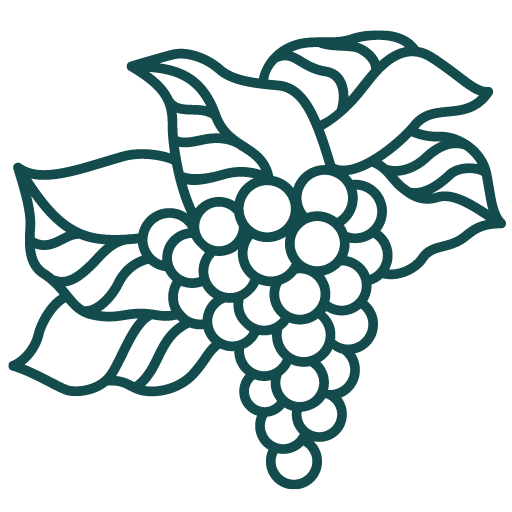
Wine Culture Magazine

The Andes Mountains tower over Argentina’s Uco Valley, where intense sun and high altitude create bold-flavoured wines. Getty Images photo
In Argentina’s Uco Valley, the vines stretch as far as the eye can see, almost, it seems, right to the snowy Andes Mountains towering in the distance. It is, to be sure, a breathtakingly beautiful sight. But even more beautiful is the lushly expressive wine in the glass.
Wine is as much a part of the culture here as gauchos, beefsteaks and the tango. Indeed, grapes have been grown in South America since the 1500s, when Franciscan monks planted them for sacramental wine. But it was only in the late 1800s when wine became something refined and desirable, especially in Chile and Argentina.
In 1868, a French agronomist named Miguel Pouget introduced several vines to Argentina, including Malbec. Around the same time, Chilean growers imported cuttings of Carménère. Both are among the traditional six approved grape varieties in Bordeaux; both have practically disappeared in their native country, thanks to the phylloxera epidemic of the late 19th and early 20th century. Today, South America is one of very few places where you can find old root stock of these classic varieties, making it both a laboratory and library for wine lovers.
This spring, we can taste many of these exciting wines at the Vancouver International Wine Festival (April 22 to 30), where South America is the theme region. In addition to the Argentinean Malbecs and Chilean Sauvignon Blancs we already love, VIWF will present the opportunity to try wines from Brazil and Uruguay and varieties we may not know at all.
Before you head to the tasting floor (or the liquor store), here’s what you need to know.
Argentina is South America’s largest wine-growing country, and fifth in the world in terms of wine production. It’s famous for Malbec, which tends to be more voluptuous here than it is in France, where it originated. But plenty of other grapes grow here, including the perfumed white Torrontés (South America’s only native grape variety) as well as elegant Cabernet Sauvignon, both of which thrive in higher altitudes.
In fact, Argentina is becoming renowned for its high-altitude wines, which have intense flavour characteristics and fresh acidity, as well as old vine Malbec—some still-productive vines have been growing for more than a century.
Another variety to look for is Bonarda, the most widely planted grape here before the Malbec boom. Long considered simply table plonk, this red wine is making a comeback and, while it can be a bit jammy, modern versions are fresh, flirty and best enjoyed slightly chilled.
By the late 1600s, Chile was South America’s largest wine producer, replacing Peru, whose vineyards were devastated by a major earthquake. Today it is ninth in the world in terms of wine production, and the second most abundant producer in South America. A relatively cool climate combined with low disease pressure and high altitudes create dynamic conditions for growing wine in the valleys that flow to the Pacific coast.
Chile is known for well-structured Cabernet Sauvignon and elegant Sauvignon Blanc, similar to what you may find in Bordeaux, as well as Carménère. This Bordeaux variety has almost entirely disappeared from the rest of the world; even in Chile, it was until recently believed to be a type of Merlot, despite having a similar flavour profile to Cabernet Franc.
Another variety to look for is País, a.k.a. Criolla or Mission. This is the grape the monks brought back in the 16th century and was for centuries the most widely planted variety here. Long relegated to cheap table wine, like Bonarda in Argentina, this rustic red is making a comeback, especially in natural, low-intervention wines.
The wine industry in Brazil is growing rapidly, though we see very little of it in B.C. (Only one winery, Miolo, is appearing at VIWF.) The first vines were planted around São Paulo by Portuguese immigrants in 1532, but it wasn’t until a wave of immigration from Italy in the late 19th century that it really took off. Most wine is grown in the southern part of the country and, unlike the robust style of wine typical of South America, many Brazilian wines tend to be light and fresh, with an herbaceous note.
Among the popular varieties: Merlot, Chardonnay and Tannat. Also look for award-winning sparkling wines.
The history of winemaking in Uruguay starts around 1870, when Basque and Italian immigrants brought Tannat to the country. Then in the 1950s, Spanish immigrants introduced Albariño. Today, most of the major varieties are grown here—Merlot, Chardonnay, Cab Sauv, Sauv Blanc, Cab Franc—and you will be able to taste a selection from the two Uruguayan wineries pouring at VIWF.
That said, Uruguay is still indelibly associated with Tannat, which originated in the region of southwest France called Madiran. Tannat is a rigorous red grape and, as the name suggests, high in tannins. Its black plum, dark chocolate and smoky notes make it a perfect barbecue wine.

Catena High Mountain Vines Malbec 2019
(Argentina, $27) Juicy, bright, black cherry, violets, lingering spice.

Morande Valle del Maule Sémillon 2022
(Chile, $22) Fifty-plus-year-old vines; citrus, pears, honey.

Garzon Reserva Tannat 2018
(Uruguay, $28) Plum, raspberry, minerality, mature tannins.

Vitis is is an indispensable seasonal guide for vintners, sommeliers and weekend imbibers alike that is dedicated to British Columbia’s rapidly evolving wine culture.

Vitis is is an indispensable seasonal guide for vintners, sommeliers and weekend imbibers alike that is dedicated to British Columbia’s rapidly evolving wine culture.
Copyright © 2025 - All Rights Reserved Vitis Magazine